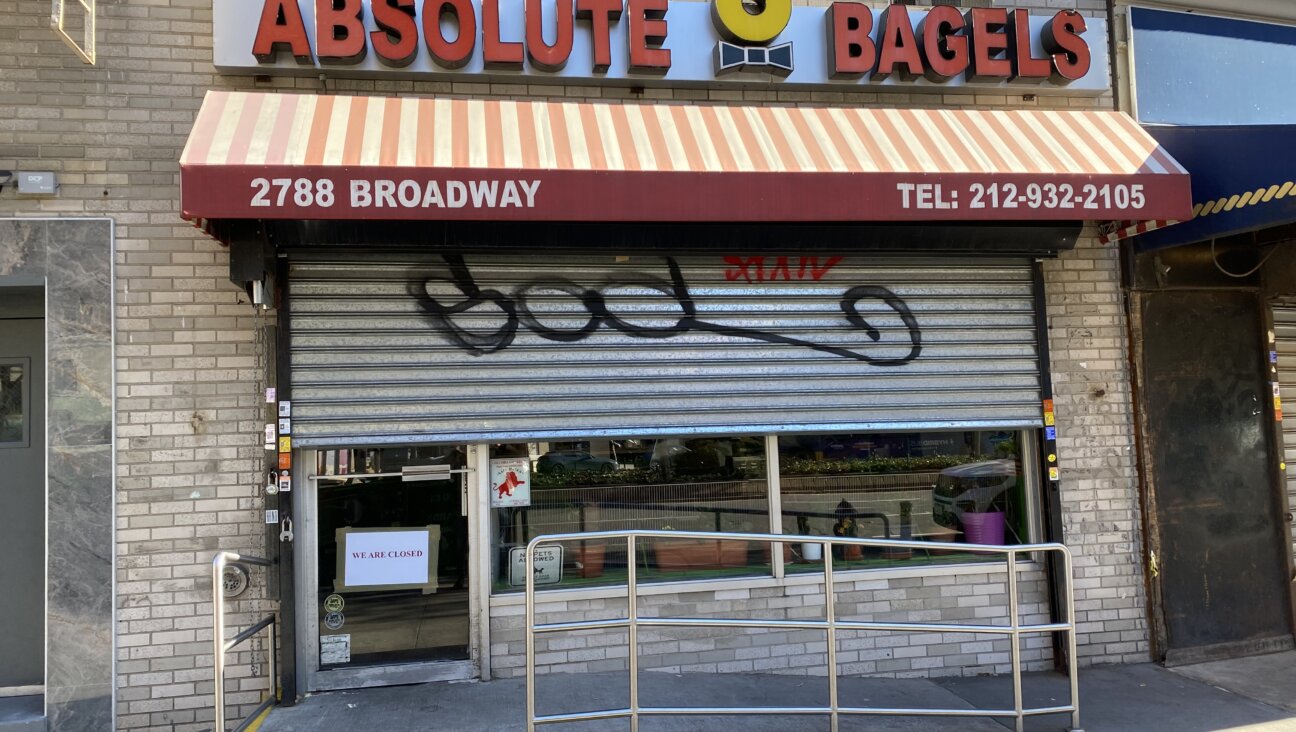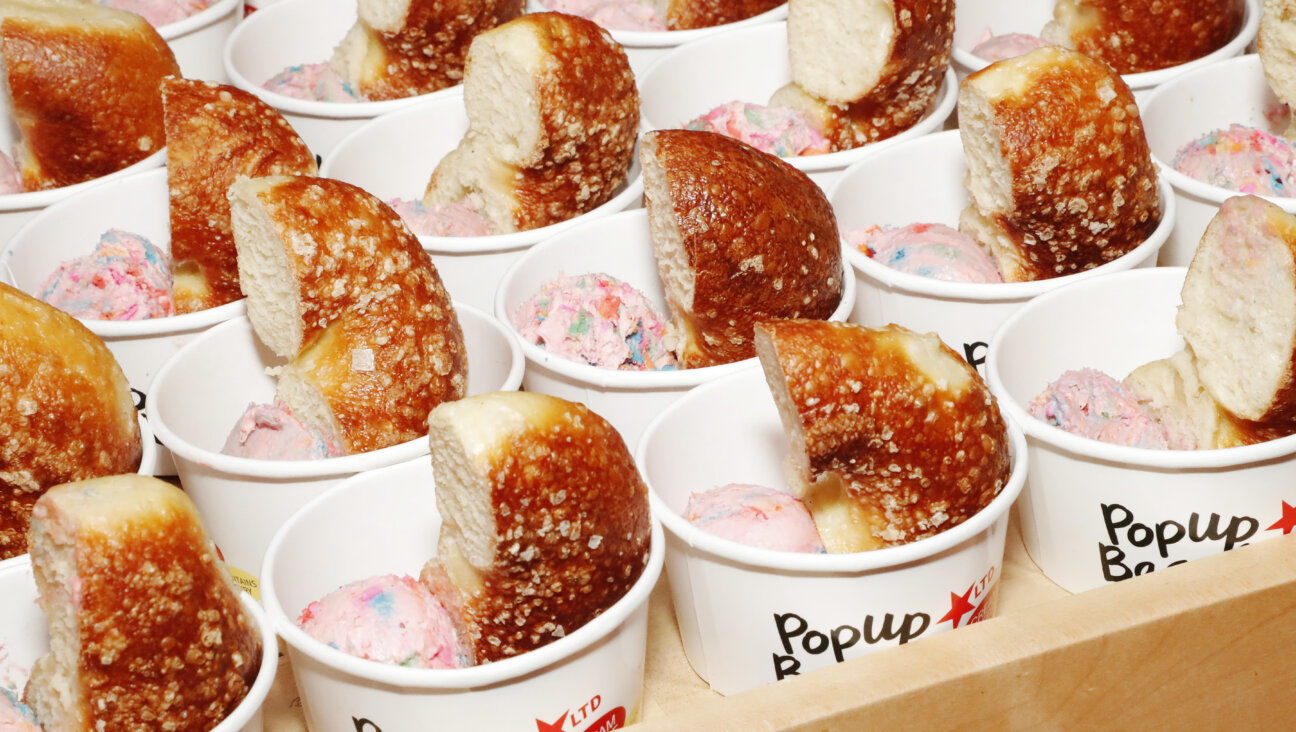Putting the ‘Green’ in Greenburgh Hebrew Center

Image by Wikimedia
Introducing Rabbi Barry Kenter and his synagogue, the Greenburgh Hebrew Center, current fellows in the Jewish Greening Fellowship cohort! Kenter is an alumnus of the GreenFaith Fellowship as well, which seeks to “inspire, educate and mobilize people of diverse religious backgrounds for environmental leadership.” Though there is considerable overlap between the GreenFaith and Jewish Greening fellowships, Kenter notes that they differ because of the JGF’s uniquely Jewish mission.
Kenter’s environmental awareness and involvement was sparked by his youth in California, where he was surrounded by smog. “As a student, my peers and I had been taught how Juan Rodriguez Cabrillo sailed into la Bahia de los Fumos et los Fuegos, the Bay of Smoke and Fire, now San Pedro and the Port of Los Angeles,” said Kenter. The smog around him was a constant manifestation of this smoke and fire. “How I longed for the Santa Ana winds of fall, winter and early spring that would blow through the canyons and leave a crisp azure blue sky in its wake,” he remarked.
As a camper at Ramah in Ojai, California, already having experienced the Sierra with his family, there was an opportunity to encounter its unparalleled beauty once again. Camping alongside the Yosemite River, eating, praying, travelling and studying underneath massive redwoods was nothing short of breath-taking. He remembered that surrounded by the scent of evergreens, the ripple of water, birdsong and animal sounds, it easy to proclaim as part of prayer, “How wondrous are your works, Lord!”
His education about air quality led to a desire to contribute to making a difference for the earth. Through his work with the GreenFaith and Jewish Greening fellowships, the Greenburgh Hebrew Center has enacted many changes. Among them are large scale projects, like installing solar panels, building energy audits, and temperature control of the building, to smaller changes, such as using real dishes in programming that involves food, using eco-friendly cleaning products, and reducing pesticides and herbicides on the synagogue’s lawn. Other projects include enrollment of congregants in a CSA (community supported agriculture.)
As the physical building and synagogue practices change, Kenter is working to change the congregation’s environmental awareness and education as well. This year the synagogue’s annual tashlich program at the Hudson River will focus on renewing the river as well as ourselves. Kenter strives to make the connection between Jewish values and environmental values clear. Additionally, greening is part of the synagogue’s religious school curriculum. Kenter believes that Jewish text and tradition emphasizes that as Jews and as humans we are partners with God in environmental stewardship. One text that particularly speaks to him comes from Midrash Kohelet Rabbah 7:13, which states that this earth is the only one we have, which is why it is so precious and worth protecting. The Midrash says:
When God created the first human beings, God led them around all the trees of the Garden of Eden and said: “Look at My works! See how beautiful they are—how excellent! For your sake I created them all. See to it that you do not spoil and destroy My world; for if you do, there will be no one else to repair it.”
Through his time participating in the GreenFaith and Jewish Greening fellowships, Kenter has not only made changes at his institution, but has also come to understand sustainability in a new way. “I have an increased awareness of my choices and a stronger commitment to cherishing and protecting the environment. Now I see this as a Jewish issue as much as anything else,” he said. This has impacted his personal practices at home, which now include using less water, being more mindful of the lights, and trying to use less paper. “As a Rabbi, using less paper is hard,” said Kenter. “Sometimes you need paper when teaching text, but I am starting to use less.”
Kayla Glick is passionate about learning about and discussing the many corners of the food-conscious world. She explored this interest last summer as a fellow at Urban Adamah, and continues to do so this summer as an intern at Hazon. In her free time she can be found eating pickles, trying to learn guitar, and reading any blog she can get her (digital) hands on.
A message from our Publisher & CEO Rachel Fishman Feddersen

I hope you appreciated this article. Before you go, I’d like to ask you to please support the Forward’s award-winning, nonprofit journalism during this critical time.
We’ve set a goal to raise $260,000 by December 31. That’s an ambitious goal, but one that will give us the resources we need to invest in the high quality news, opinion, analysis and cultural coverage that isn’t available anywhere else.
If you feel inspired to make an impact, now is the time to give something back. Join us as a member at your most generous level.
— Rachel Fishman Feddersen, Publisher and CEO
























